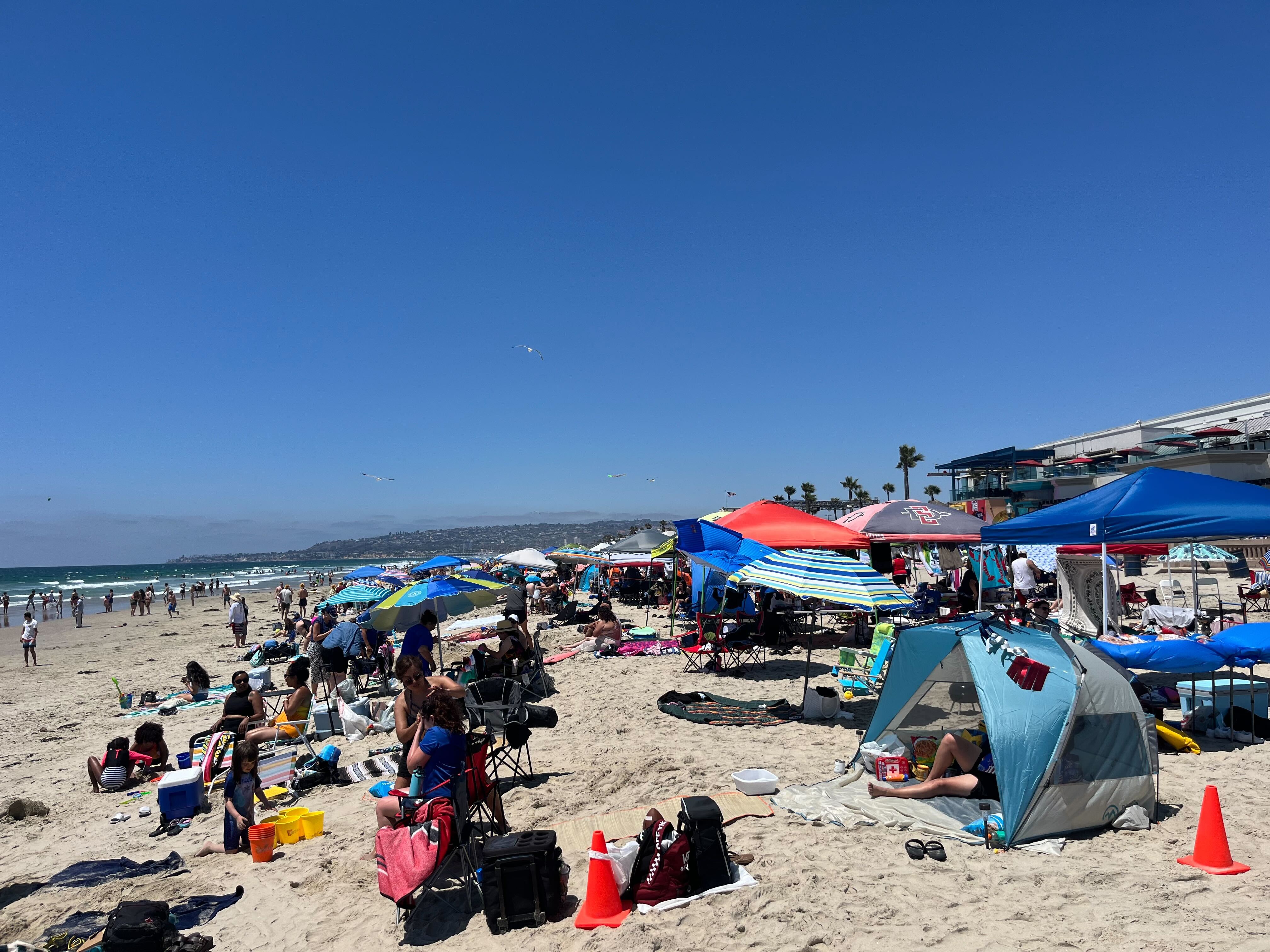
San Diego home prices, which had been among the leaders for municipal markets around the nation, showed recent evidence of cooling, according to a new report.
While home prices are still on a tear, they are showing slightly down: The most recent S&P CoreLogic Case-Shiller 20-city home price index climbed 19.1% in September from a year earlier. The strong price gains marked a deceleration from August's 19.6% year-over-year increase. Still, September prices in all 20 cities set new records.
Cities spiking the highest were Phoenix, Tampa, Florida, and Miami, trailed in the fifth spot by San Diego. Prices in Phoenix rose 33.1% year over year, with San Diego still boasting a healthy 25.0%, nearly 6% above the 20-city average.
Get top local stories in San Diego delivered to you every morning. Sign up for NBC San Diego's News Headlines newsletter.
"Home price growth in San Diego, which has been trending near the top of the 20-city list since the onset of the pandemic, slowed to a 25% annual increase, bumping it down to the fith place for strongest home-price growth," the report stated.
While San Francisco bested the 20-city index average with a year-over-year increase of 19.8%, Los Angeles did not, posting a still healthy increase of 18.35, good enough for 12th place among the 20 cities.
The housing market has been strong, thanks to rock-bottom mortgage rates, a limited supply of homes on the market and pent-up demand from consumers locked in last year by the pandemic.
“Housing prices continued to show remarkable strength in September, though the pace of price increases declined slightly,'' said Craig J. Lazzara, managing director at S&P Dow Jones Indices. He added: “We have previously suggested that the strength in the U.S. housing market is being driven by households’ reaction to the COVID pandemic, as potential buyers move from urban apartments to suburban homes.''
Extremely tight inventory, as well as heavy investor activity in the housing market, is keeping prices elevated, reported CBNC, which also said that while the gains are falling, it is unlikely that prices will drop dramatically as they did during the housing crash, with the fundamentals of supply and demand still favor an expensive market.
Local
Last week, the National Association of Realtors reported that sales of previously occupied homes rose 0.8% last month to a seasonally adjusted annual rate of 6.3 million, strongest annual pace since January. Also last week, the Commerce Department reported that new-home prices edged up a disappointing 0.4% last month as median prices rose nearly 18% from a year earlier to a record $407,700.
“Most indicators suggest prices have continued to edge higher, albeit at a slightly slower pace, amid tight supply conditions and the structural shift in demand towards single-family, suburban homes induced by the pandemic," Contingent Macro Advisors said in a research report.
Mortgage rates may also be affecting prices in the past few months, CNBC reported, with the average rate on a 30-year fixed loan dipping to a low of 2.78% at the start of August, according to Mortgage News Daily, and then began rising steadily. CNBC reported that the average rate ended September at 3.15%.
CNBC contributed to this report — Ed.



